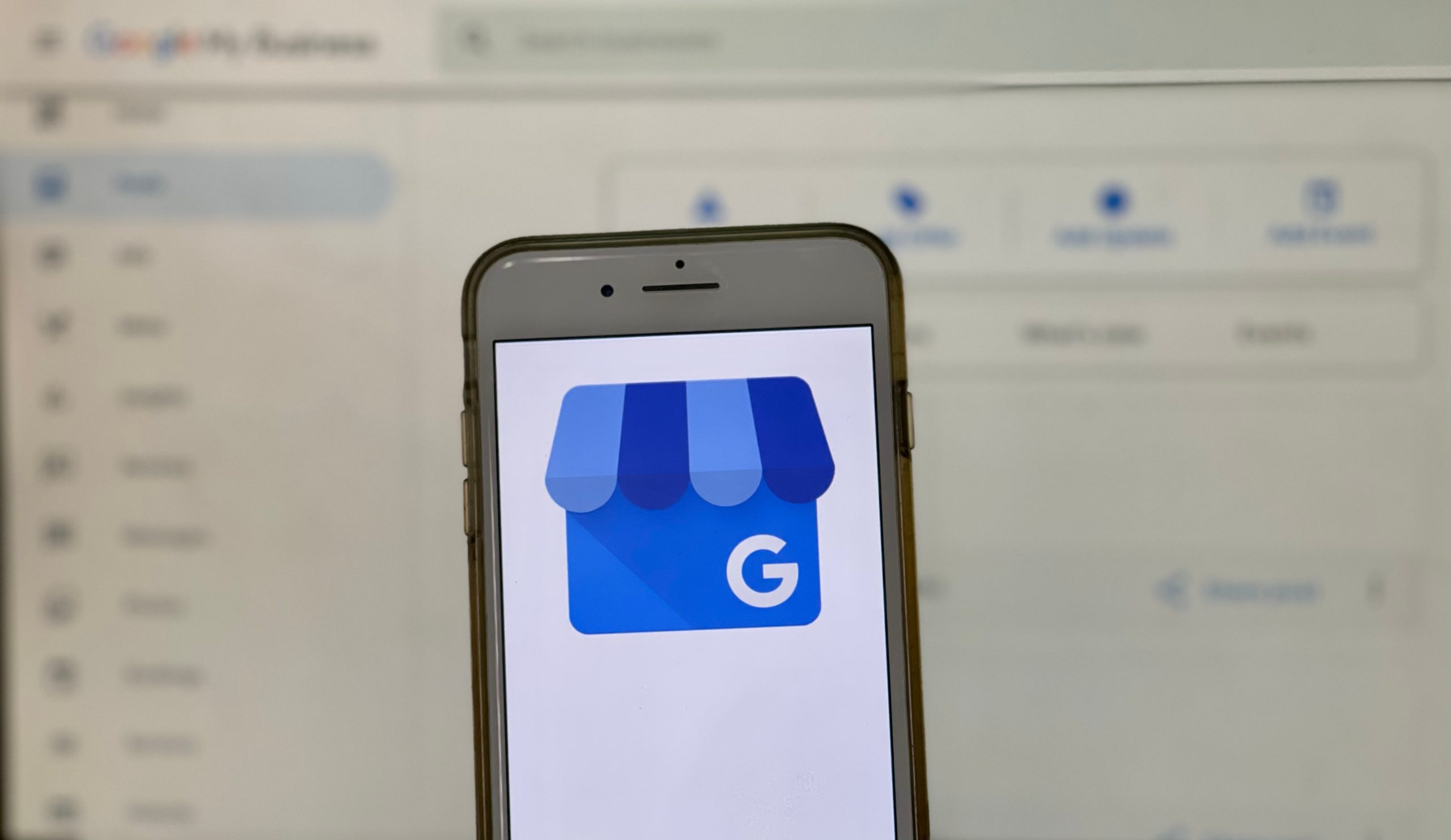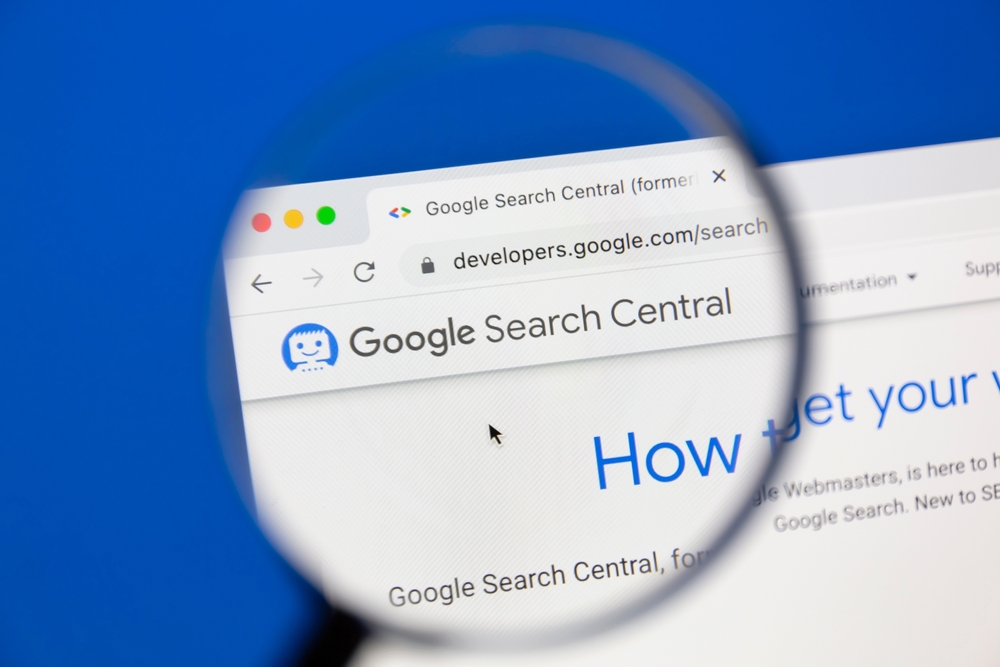What is local SEO? Local SEO, or local search engine optimization, is the process of optimizing a website and its content to improve its visibility in local search results. Local search results are those that appear in response to location-specific queries, such as “near me” searches or searches that include a specific city or region. In this post, we’ll share 5 essential tips that can help you increase your online visibility and attract more customers to your business.
1. Optimize Your Google Business Profile Page
With a whopping 46% of all Google searches related to location information, local SEO has become a critical factor for small businesses looking to attract customers in their area. A Google Business Profile (formerly known as Google My Business) is a foundational step that can help your business appear prominently in Google search results and maps, making it easier for potential customers to find and contact you.
Here are a few key points to keep in mind:
- Many small businesses are already using Google Business Profile pages to optimize their local traffic.
- If you haven’t created a Google Business Profile page, we recommend doing so and following its guidelines.
- By optimizing your profile with accurate and engaging information, you can increase your visibility and credibility and attract more local customers.
- By posting relevant and engaging content on your profile, you can further improve your online presence and attract local customers.
Once you have a solid foundation in place with a Google Business Profile, there are several other effective ways to improve your small business SEO and gain more local traffic. In the following tips, we’ll share additional strategies that can help you increase your online visibility and attract more customers to your business.
2. Use Google Search Console
Gather information in your Google Search Console to discover which keywords bring the most people to your website. You can also see which website pages perform the best in Google.
Make use of this knowledge to boost the SEO of your website. Ensure that the text on your website uses the search terms that bring in visitors.
If Google gives some of your web pages high rankings, consider creating similar content.
3. The Title Tags Must Include the City’s Name
Mention the city or cities that you serve in your title tag. For example, in the title tags, you can include the phrases Irvine and Orange County. If you’re more interested in targeting Irvine, add it to the title tag. It’s recommended to create a landing page for a single city.
For instance, if you provide air conditioning services and work out of Orange, California, seek to build location pages near you. For example, you would target other Northern Orange County cities.
So, your small business name and each targeted area should have a dedicated page. Even if the service is the same for every nearby town, you need to make the content unique; do not duplicate your content. In fact, creating city-specific location pages generates higher rankings for location-based search queries.
4. More Content Production for Small Business SEO
You can focus on a few different keywords on each website page. Keep in mind you’ll only have the chance to appear for a small number of keywords if you have a small 6-page website (with keyword target pages).
However, each page you add to the list of keywords for Google to use to display your website increases. Whether you publish blogs or other keyword-focused material, use this to your benefit.
To boost the number of locations, Google may display your website and post at least one piece of content each month (or as much as you can handle). Remember to keep your content customer-oriented. You want to add SEO keywords naturally; do not overstuff content with keywords. Every article or web page needs high-quality content that makes your competitors winch.
5. Ongoing Analysis
When you’ve learned the fundamentals, it could be tempting to slow down. But SEO is a systematic, ongoing effort. Instead of making website changes and hoping for the best, do a full audit. A website SEO audit uncovers where your website stands (in search) and what needs improvement. The following factors may be considered while evaluating local SEO:
- Google Business Profile Audit: How is it shown in the SERPs? Is the data accurate and true?
- Google Search Console Audit; Is your website crawlable? Does it include any errors that would prohibit indexing?
- An On-Page SEO Audit: Does Your Website Follow All Elements That Help With Ranking? Are your citations accurate in the leading business directories?
- Analyzing Your Competition: How does your website compare to theirs? Do you have any gaps that need to be covered? How do you compare with inbound links, content, design, and placement?
- Website Audit: How productive is your website?
What About Website Reviews?
Besides the five ways business owners can improve their SEO to get more local traffic, we recommend adding reviews. You can add customer reviews from sites like Yelp or Google Reviews as a feed. With that said, only add reviews to your website if you have a team who can respond to the good and the bad.
Bad reviews do happen, even when it’s out of your control. Yet, you need to have reputation management to have effective reviews. People who use reviews to make buying decisions and look for good and bad reviews. But they mostly want to see how your business responds.
Your response does not need to apologize or offer a solution on the spot. With that said, you need to acknowledge it and have a dedicated phone number for solutions for in-house handling.
Why Google Changed the Name of Google My Business
In June 2021, Google announced that it was rebranding the service as “Google Business Profile.”
The name change was part of a broader effort by Google to streamline its suite of business-related products and services. The new name, “Google Business Profile,” is meant to better reflect the purpose of the service, which is to help businesses create and manage their online presence across Google’s various platforms, including search, maps, and reviews.
Despite the name change, the functionality and features of the service remain largely the same, and businesses can continue to use it to manage their business information, interact with customers, and track performance metrics.
In Conclusion
In conclusion, local SEO is a critical factor for small businesses looking to attract customers in their area. Optimizing your Google Business Profile, using Google Search Console, including the city name in title tags, producing more content, and conducting ongoing analysis are five essential tips that can help you increase your online visibility and attract more local customers. It’s also important to add customer reviews and have effective reputation management to respond to them. Remember that SEO is an ongoing effort and requires a systematic approach, but by following these tips, you can improve your small business SEO and gain more local traffic.



